Non-Dairy Foods Rich in Calcium
This article will take you through the non-dairy food rich in calcium for better health and avoid getting diagnosed with a disease like osteoporosis due to lack or inadequate calcium in your body. Here, you can read about food rich in calcium.
calcium rich foods.
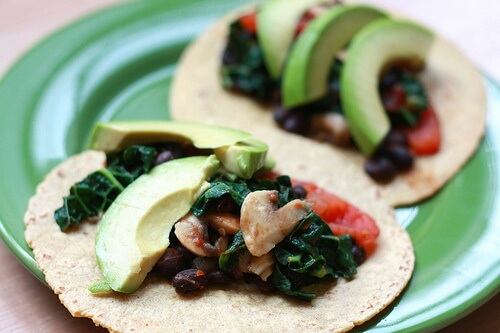
Calcium for everyone’s taste
Calcium isn’t only present in dairy — this is undoubtedly good news for vegetarians and vegans. But also for people who have trouble digesting milk or for those seeking an alternative to the products that come from cows or sheep.
Below are some groups of non-dairy foods that are rich in calcium:
- vegetable drinks and juices
- green leafy vegetables
- nuts
- mineral water
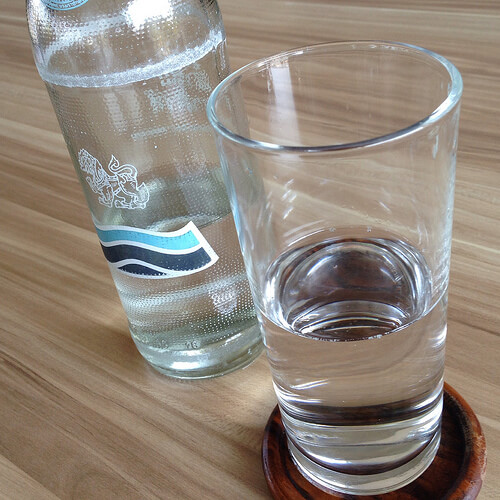
What foods are non-dairy and rich in calcium?
- Green leafy plants are some of the best sources of calcium that you can find (much more than dairy), especially kale because it provides 135 mg of calcium per 100 grams of a raw leaf. At the same time, it contains provitamin A, vitamin K, and C. It’s considered a “superfood”. Also, other good food sources that are rich in calcium are chard and spinach. They can be eaten cooked with other vegetables, in stuffed pies, pizzas, salad, fritters, etc.
- Nuts: almonds are among the best when it comes to calcium, with 264 mg of calcium per 100 grams. They also provide magnesium, vitamin E and B2 and manganese. They can help reduce cholesterol. Other alternatives are Brazil nuts (160 mg per 100 grams) and hazelnuts. They are wonderful to be served as appetizers and snacks(a handful of nuts between meals), to decorate pastries, and for vegetable milks.
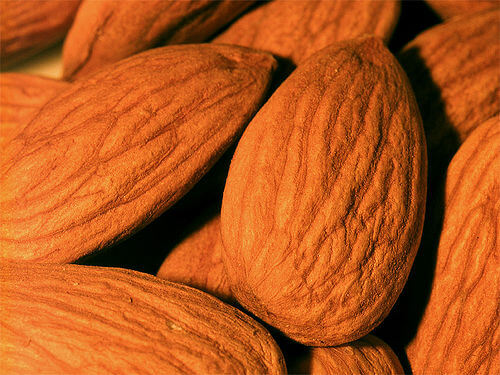
- Dried aromatic herbs are moderately used, but if you make a habit of adding them to all of your dishes, they’ll have more flavor and aroma, and you’ll receive a good amount of calcium. Some of them can be prepared as an infusion. The most recommended are dried thyme, dill, marjoram, sage, oregano, mint, and dried basil.
- Sesame seeds: when they are toasted they increase the calcium level. They can be used to make tahini, a traditional cream in Arabic cuisine. Also, they provide vitamins B1 and B6, manganese, magnesium, and copper. Add them in salads, pies, bread, juices, etc.
- Flax: they’re similar to sesame seeds – their calcium quantity is comparable. The oil is anti-inflammatory and prevents atherosclerosis. You can make homemade bread with flax, or add it in juices, smoothies, cakes, salads, sauces or creams.
The calcium-rich food list keeps on going:
- Legumes: they are an excellent source of calcium (13% of its composition), especially white beans and black beans. In addition, they have other properties, such as leveling blood sugar and blood pressure. Don’t consume them in excessive amounts because they cause flatulence. You can mix the legumes with vegetables to prepare stews and casseroles.
- Dandelion: it’s really beneficial for your body, diuretic, good for the liver, and a great antioxidant. The young leaves can be eaten boiled in salads, just like spinach. They provide more calcium than milk (187 mg per 100 grams), you can also cook and eat the roots.
- Orange: is one of the few fruits that provide an “interesting” calcium quantity, 65 mg per unit. Also, as everyone knows, it’s rich in vitamin C. This fruit also can be consumed in smoothies, milkshakes, fruit salads, c, kes and other desserts.
- Quinoa and amaranth: they’re known as “pseudocereals” and should be included in vegetarian or vegan diets due to their great contribution of calcium. Amaranth, for example, is the most nutritious plant that you can find, with 18% calcium. It can be mixed with rice, for people who don’t drink milk. It can also be eaten as soup or sautéed with vegetables. Likewise, quinoa has beneficial properties for the body; it can be consumed as escalope, in pies, etc.
- Eggshell: ever since the good old day it was known that this part of the egg has a good amount of calcium and helps the metabolism. Wash the egg without scratching the shell, squeeze a lemon and let the juice drizzle on it. Macerate for 12 hours, remove the egg with a wooden spoon and drink the liquid very slowly.

Breaking down the myths about calcium
In popular belief, it’s known that dairy are foods that contain more calcium, which is best absorbed by the body. Also, milk consumption is directly related to the prevention of osteoporosis. Here is the truth about this:
Firstl, you must know that what gives people more calcium are poppy seeds (with 1448 mgr per 100 grams), followed by awake alga (1380). Just like yogurt, cow milk only has 120 mg. Other sources that are rich in calcium are kombu seaweed, sesame, soy, almonds, and kale (over 150 mg).
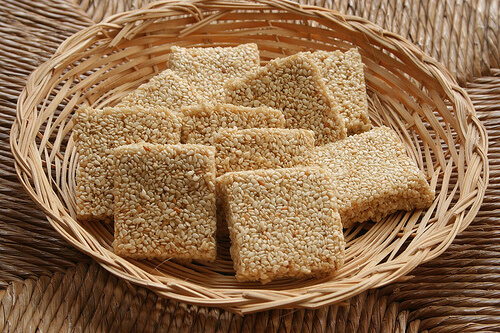
Second, there is evidence that the best absorbed calcium comes from algae, followed by green leafy vegetables, nuts, oilseeds, whole grains, and legumes. Then come milk and dairy products.
Finally, recent research has shown that unlike popular belief, milk can cause osteoporosis if consumed over a lifetime. For example, in the countries where this dairy is consumed the most (Switzerland, Finland, Sweden, and the Netherlands) there are more cases of this disease that attacks the bones. In countries where it is less consumed (Liberia, Cambodia, Ghana, Congo), osteoporosis is very rare to find.
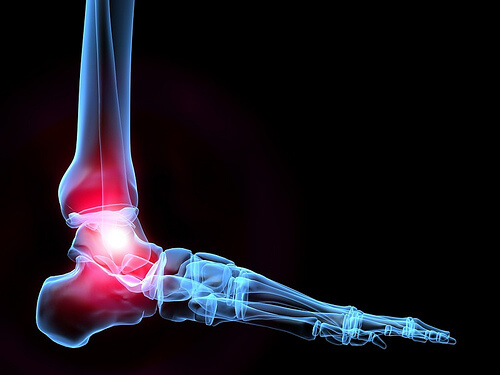
Images courtesy of Daniella Segura, Thoranin Tiriwit, Rune T, Jennifer, Jeanette Svensson, Judi, Mario Lopez Egusquiza.
Ready to take the next step in mastering your arousal and Cure your Premature Ejaculation? 👇
Get Your Copy of Mastering Your ArousalUnlock lasting control and confidence in your intimate life.
Related Posts
Trending Articles
Search Now
Recent Posts
- Can Lidocaine Numbing Gel Help with Premature Ejaculation?
- Understanding and Controlling Involuntary Kegels (Contractions) During Sex
- Why the Transition to Sex Can Be So Challenging After Premature Ejaculation Training?
- Why Setbacks Happen: The Truth About Orgasm During Your PE Recovery Journey
- I Prematurely Ejaculated in my Girlfriend while Trying to cure my premature ejaculation using the Guide
Categories
- Premature Ejaculation
- Question & Answer
- Diseases
- Drugs
- Loans
- Insurance
- Health
- Hospital
- Lifestyle
- News
- Know How
- Education
- Travel
Comments (0)
Leave a Comment